Discovering Alaska at Museum of the North
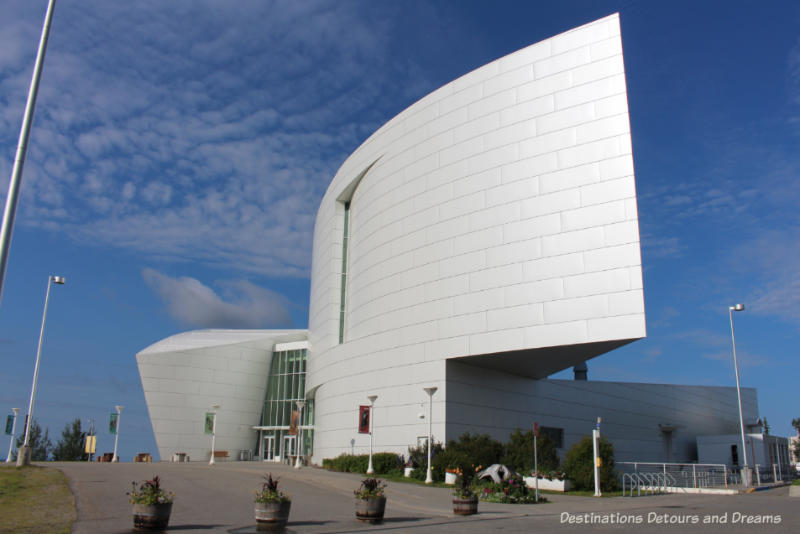
The University of Alaska Museum of the North in Fairbanks is a good introduction to Alaska’s diverse wildlife, people and land
(Thanks to Explore Fairbanks for hosting my visit. Observations and opinions, as always, are my own.)
The University of Alaska Museum of the North, located on the University’s Fairbanks campus, is a top attraction for tourists and locals. Its over 1.5 million artifacts and specimens represent millions of years of biological diversity and thousands of years of cultural traditions in the North. The artifacts are displayed and presented in ways that capture a visitor’s attention. It is a great place to learn about Alaska.
The museum was one of the first places I visited in Fairbanks. It gave me a sense of Alaska and provided background that helped me better appreciate other sites I visited. The exhibits are a great introduction to Alaska’s diverse wildlife, people, and land. University of the North is the only research and teaching museum in Alaska.
Gallery of Alaska
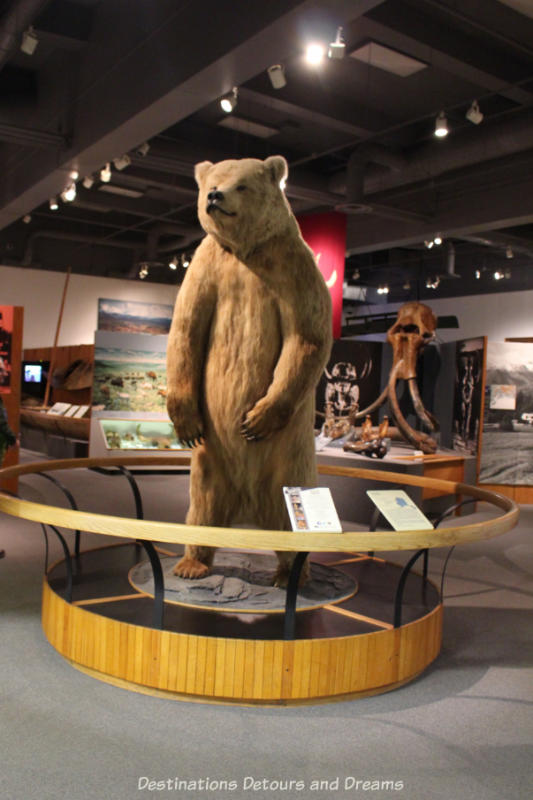
An 8 foot 9 inch (2.67 meter) brown bear greets visitors as they enter the gallery. It was taken at Herendeen Bay on the Alaska Peninsula in 1950 and weighed 1,250 pounds.
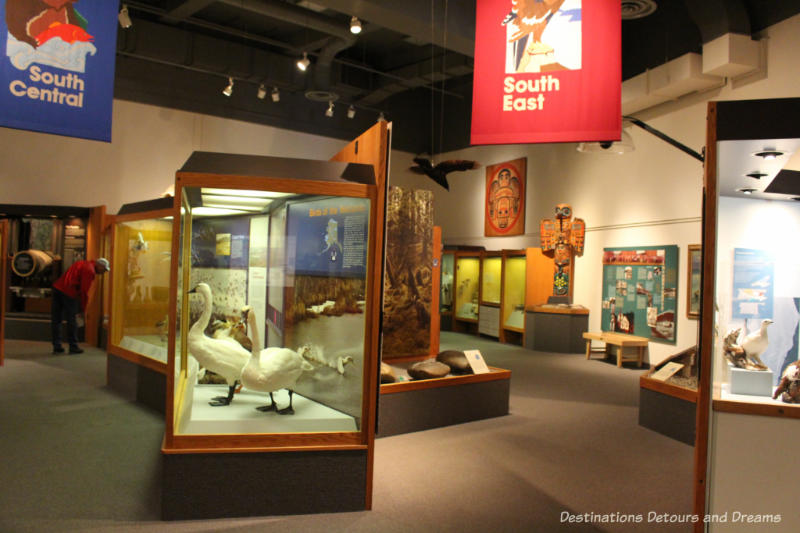
The main exhibition area is divided into five regional galleries representing the major ecological regions of Alaska. Assorted artifacts, dioramas, signage, and other specimens tell Alaska’s natural and human history. Audio guides are available.
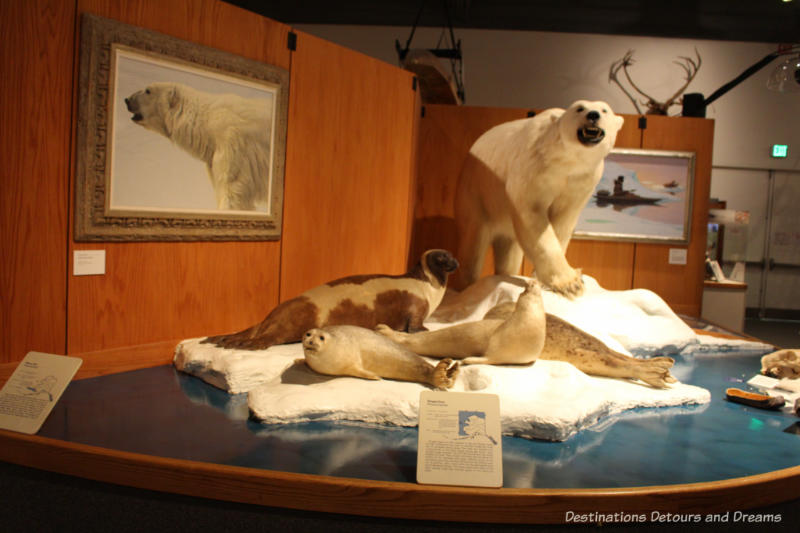
The Western & Arctic Coast Gallery highlights the marine mammals of the broad, coastal plain. This includes Polar bears, seals, walrus and bowhead whales. The gallery contains prehistoric artworks and ivory carvings. Its Dinosaurs of Alaska exhibit showcases the pioneering techniques used to collect the plants and animals that lived on Alaska’s North Slope 65 million years ago. The Museum of the North has the largest collection of high-latitude dinosaurs and related vertebrates in the world.
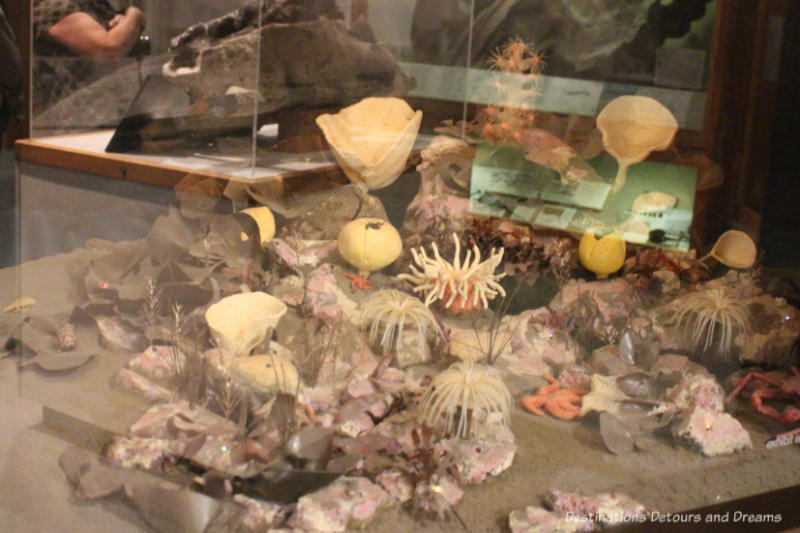
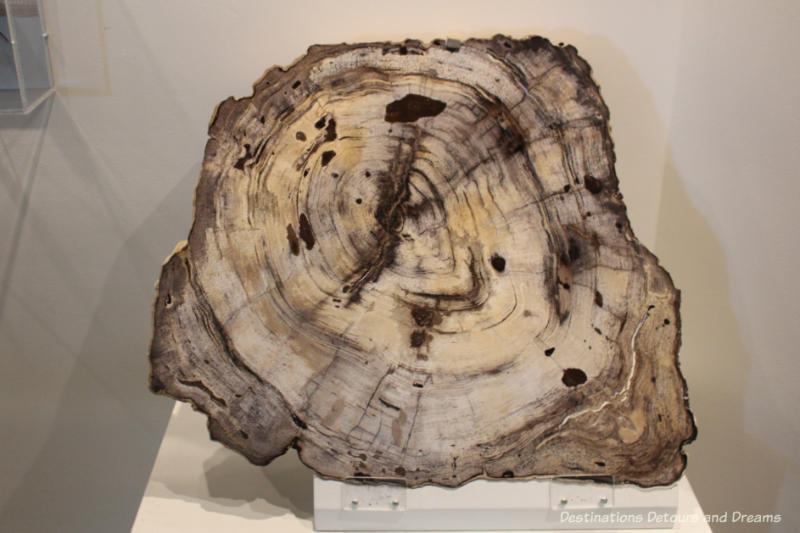
A display in Southeast Gallery says that “Alaska is a geological jigsaw puzzle hundreds of millions of years in the making.” Exhibits reconstruct the history of geological developments and many of the ores and minerals are on display.
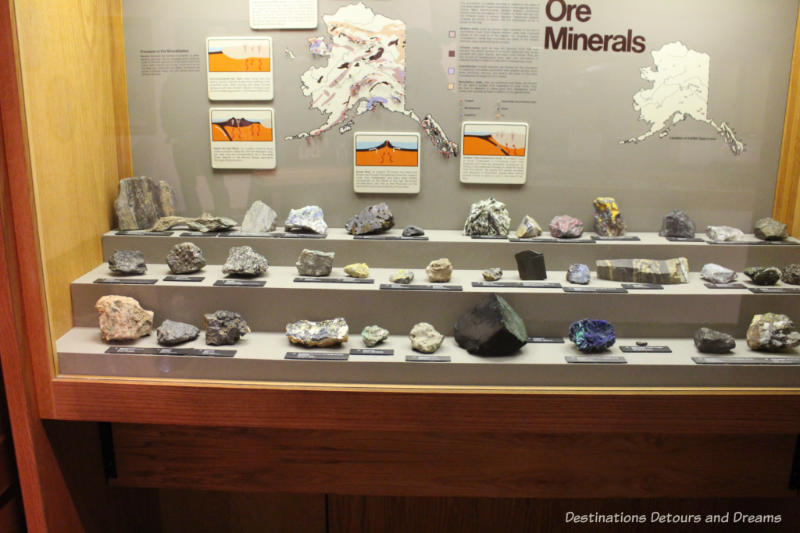
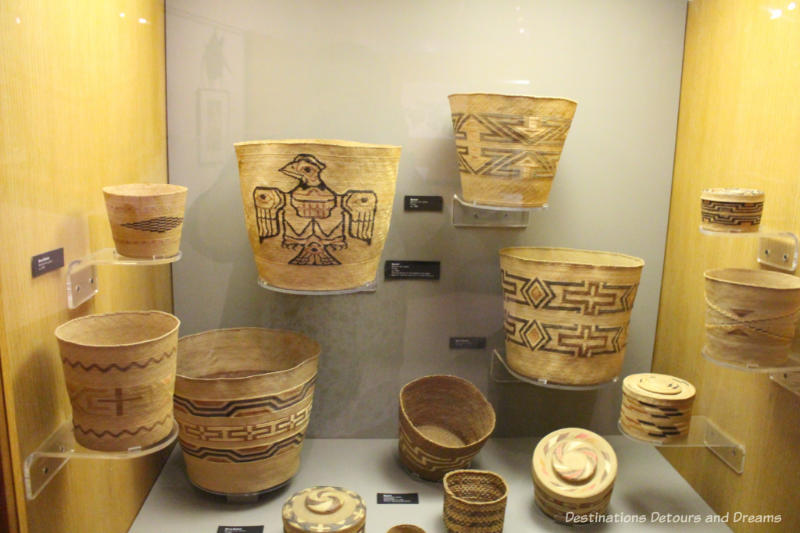
The Southeast Gallery also highlights information about the Tingit, Haida, and Tsimshian peoples. There is information about their tribal system, their education system, their religion, traditions, trade, and the roles of men and women. The Tingit, Haida, and Tsimshian harvest salmon as well as marine and land animals. Today, commercial salmon fishing is one of Alaska’s major industries.
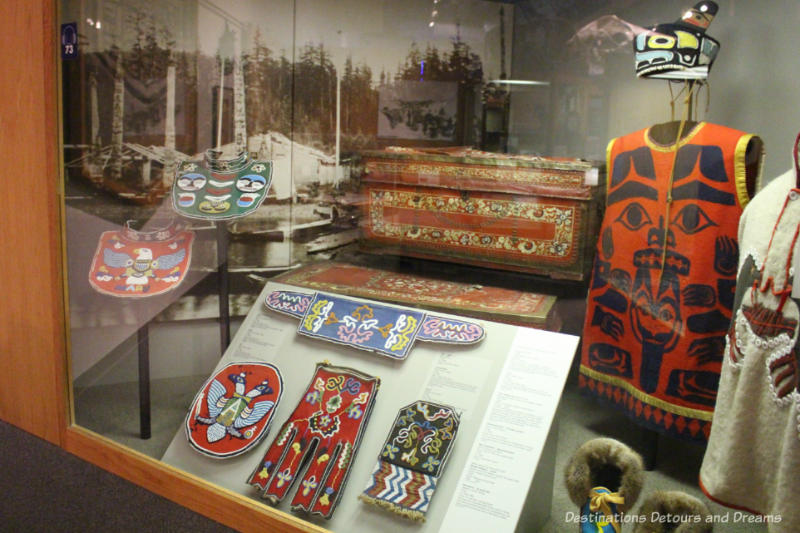
The potlatch was a ceremony to celebrate special events. Potlatching regalia was decorative and also expressed various ranks and titles of people who wore it. For many years, outsiders misunderstood the potlatch and tried to discourage it.
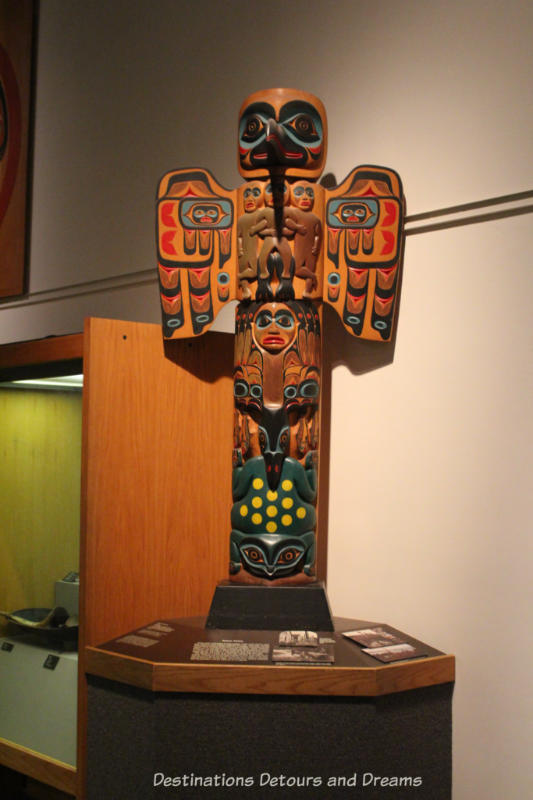
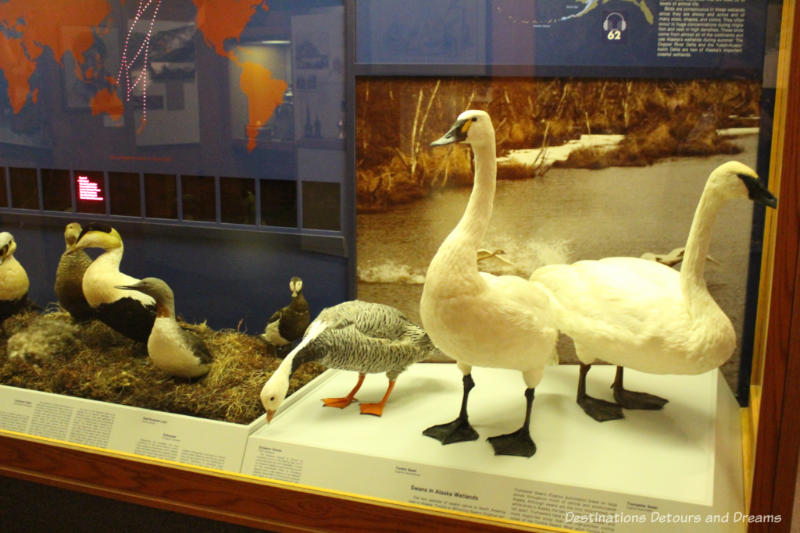
A variety of artifacts in Southcentral Gallery represent Alaska’s Russian era. Vitrus Bering and his lieutenant Alexei Chirikov are generally credited with “discovering Alaska” after Peter the Great of Russia sent Bering to find out if Asia and North America were one land mass. Reports from their 1728 and 1741 expeditions about fur-bearing animals enticed Siberian fur traders. By 1794, a Russian colony had been established in Alaska. This was not a good time in history for the indigenous Aleuts, who were brutally treated and enslaved to collect sea otters. Many died of diseases brought by the Russians.
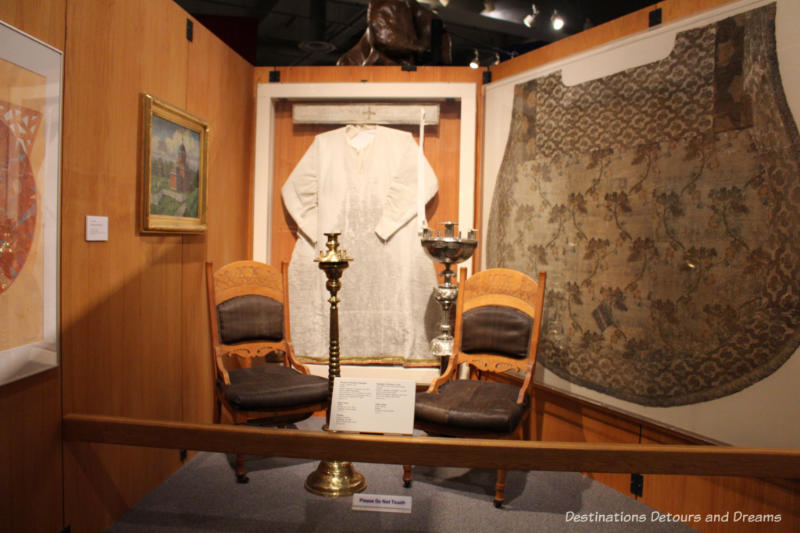
The Russian Orthodox Church sent missionaries to Alaska to convert the native peoples to Christianity. They established schools and, in many cases, stopped the abuses on the Aleut people. Today, the Church still has a presence in Alaska with 94 parishes.
Political and economic consequences of the Crimean War along with a declining sea otter population motivated Russia to sell Alaska to the United States. Secretary of State William Henry Seward negotiated the purchase. American critics of the deal called it “Seward’s Folly” claiming the land had nothing to offer. Twenty to thirty years later, thousands flocked to Alaska hoping to strike it rich with gold.
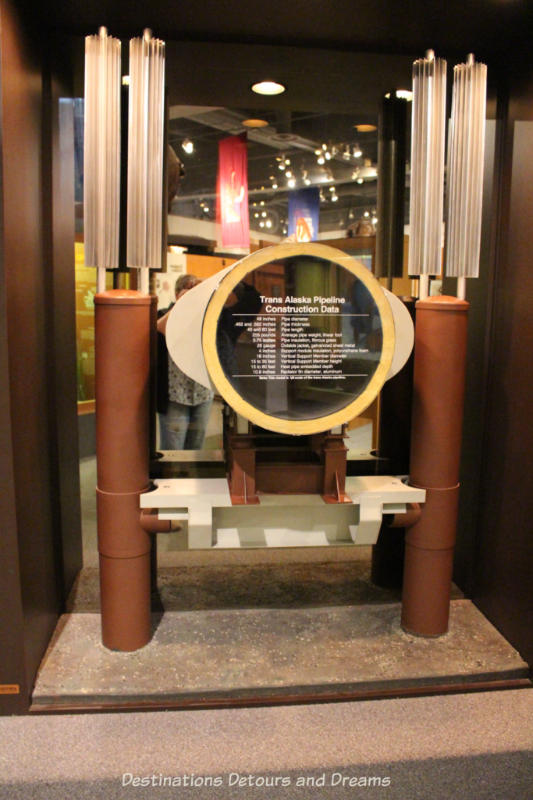
A little over a century later, oil transformed Alaska from the most heavily-taxed U.S. state to the most tax-free state. An exhibit features the engineering challenges of the Alaska Pipeline, built both underground and above-ground in 1975 and 1977 to transport oil from Prudhoe Bay to Valdez. Permafrost poses a challenge for building roads, buildings, and the pipeline. A one-third scale model of the above-ground pipeline supports demonstrates the engineering involved in keeping the soil frozen when the pipeline and its warm oil crosses frozen ground.
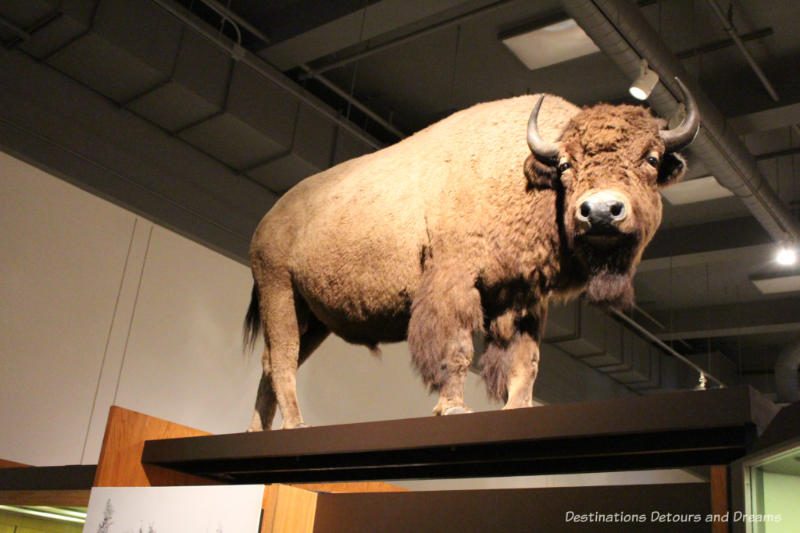
The Interior Gallery features Alaska’s interior, where Fairbanks is located. Fairbanks began as a gold-mining town and one of the exhibits in this gallery is a collection of gold nuggets. Other exhibits feature information about the Athabaskans, the Native people of the Interior.
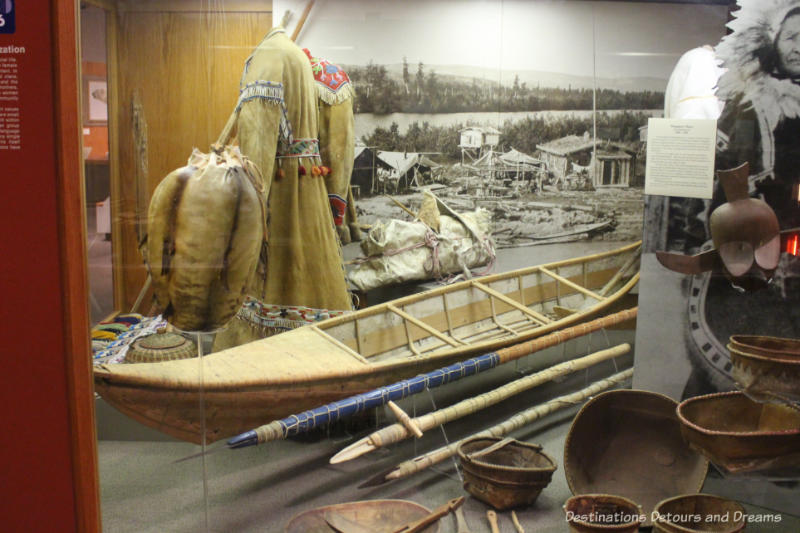
The Interior gallery also contains a display about the aurora borealis (northern lights). The area around Fairbanks is one of the best places in the world to view the northern lights because it sits under the “Auroral Oval”, a ring-shaped zone over the far north where aurora activity is concentrated, and because nights are consistently clear. I watched an excellent video in this gallery about the northern lights.
Another exhibit in the Interior Gallery focuses on the building on the Alaska Highway. Although the highway had been talked about since the 1920s, it was the Japanese attack on Pearl Harbor and threats against the Aleutian Islands during World War II that made building it a priority. The rapid 1942 construction of the road from Dawson Creek, British Columbia, Canada to its official end at Delta Junction, ninety-five miles southeast of Fairbanks, ranks as one of the top engineering and logistical feats of American history. According to the Museum of the North, ”the Alaska Highway broke the old territorial shell of isolation and helped transform Alaska into a state in 1959.”
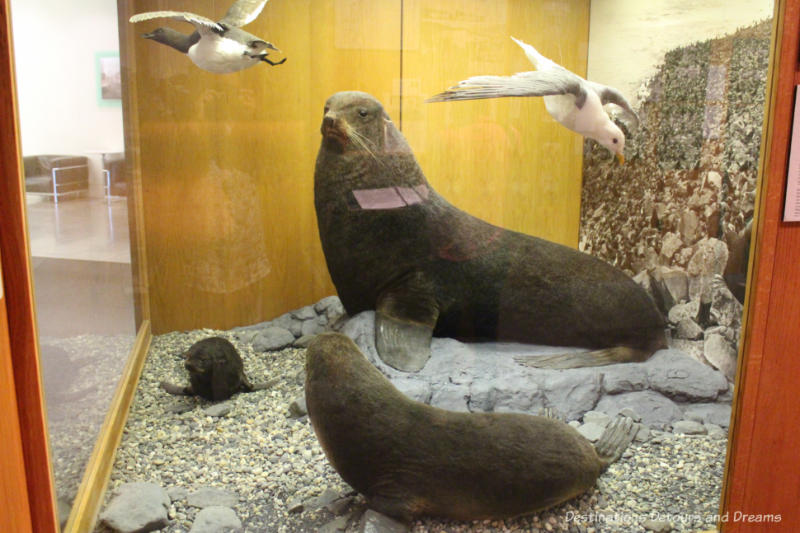
The Southwest Gallery includes the Alaska Peninsula, Kodiak Island, Pribilof Islands and the Aleutian Islands. Seabirds nest by the thousands in the summer. It was the fur seal rookeries in the Pribilof Islands that the Russians discovered in 1741. The “Forced to Leave” photo exhibition tells the sad story of the World War II evacuation of Alaska’s Japanese Americans and Aleuts.
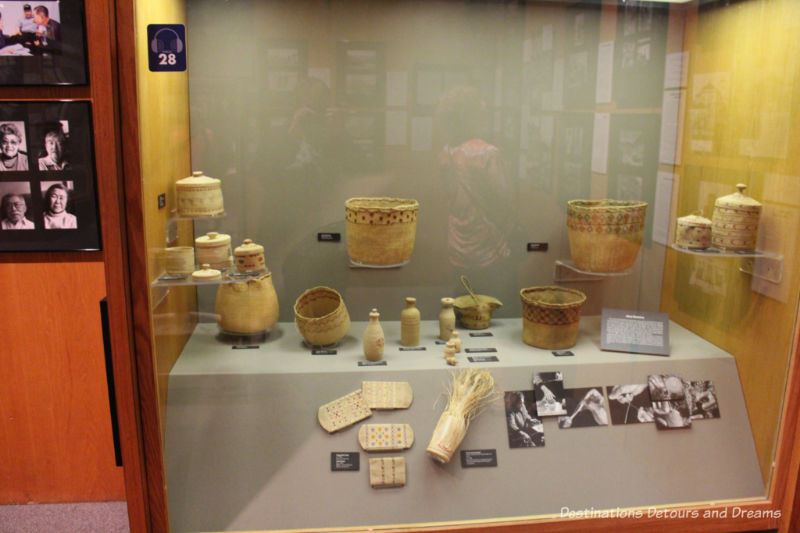
The Place Where You Go To Listen
Located on the second floor, the Place Where You Go to Listen is a sound and light experiment created by Pulitzer Prize-winning composer John Luther Adams. The ever-changing sound and light environment is driven by the real-time position of the sun and moon, seismic vibrations and the aurora borealis. The small room feels very separate from the rest of the museum. The vibration-like sound was distinctive, but I’m not sure I particularly liked it. I didn’t have a lot of time to spend in this room. It would be interesting to sit here for a while to hear the changes and see how the sounds affect one’s feelings.
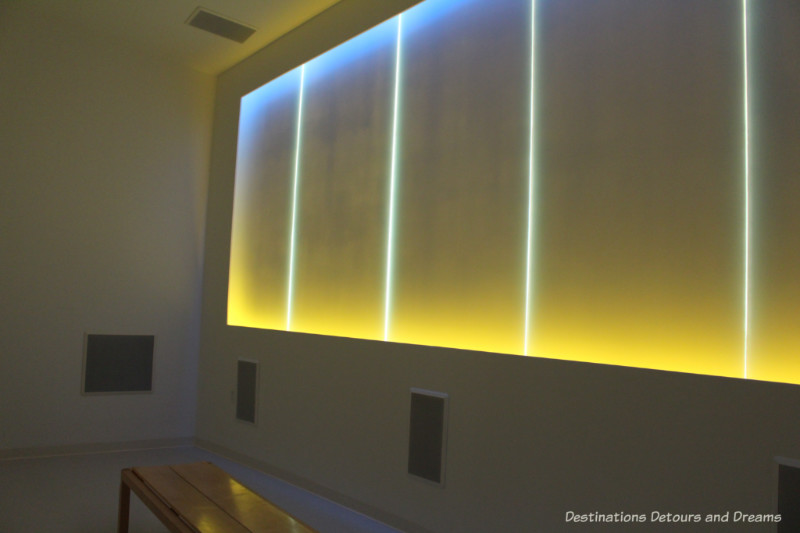
Rose Berry Alaska Art Gallery
Also located on the second floor, the Rose Berry Art Gallery should not be missed and is well worth a visit on its own. The gallery contains an excellent and varied selection of Alaskan art, from ancient carvings to contemporary pieces. All the works are “expressions of the Alaska experience.”
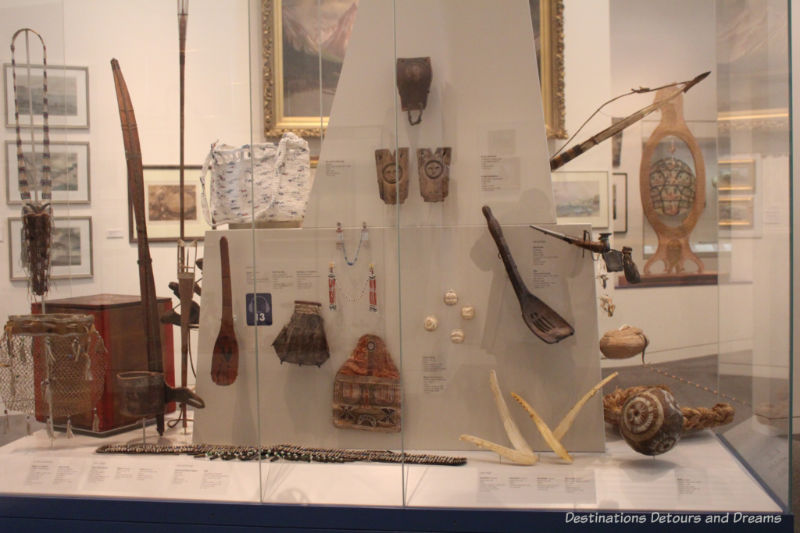
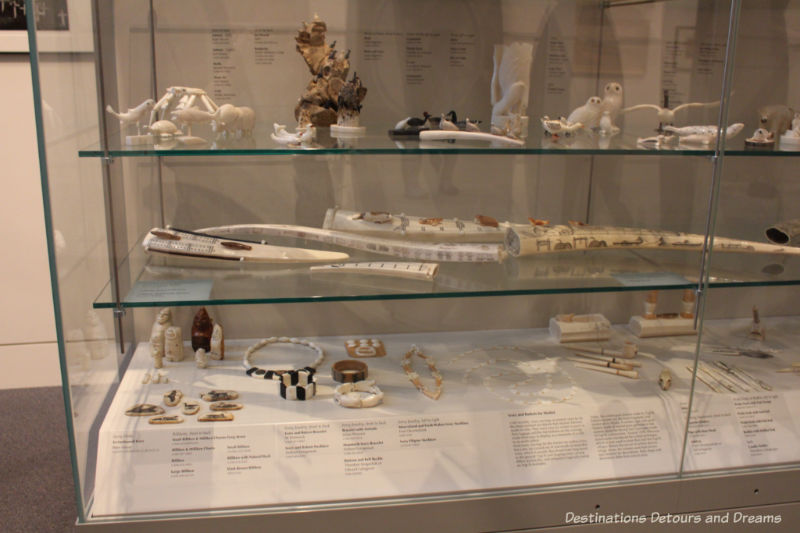
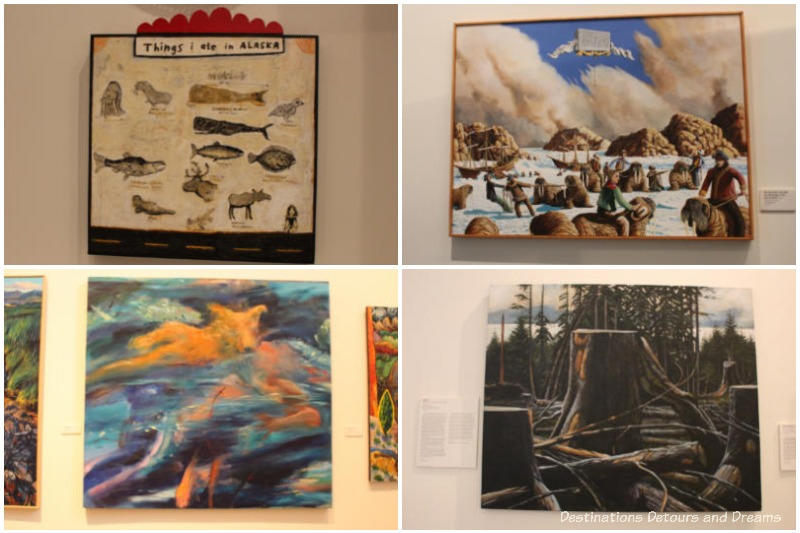
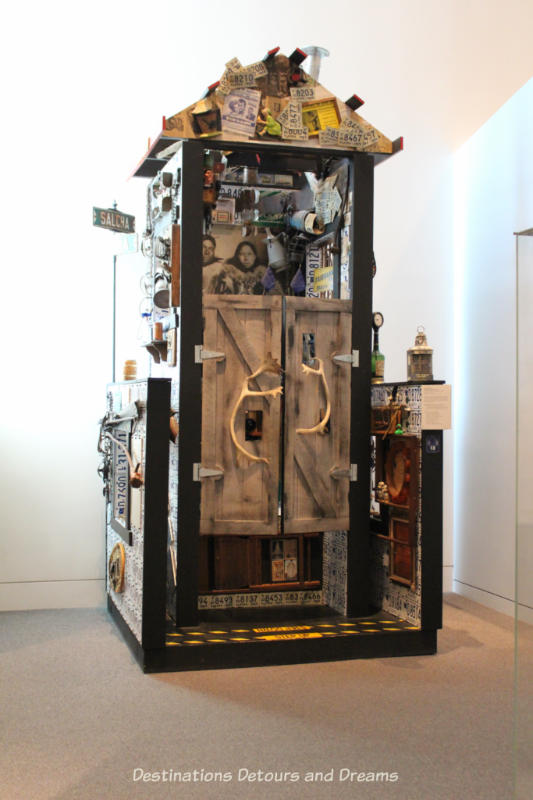
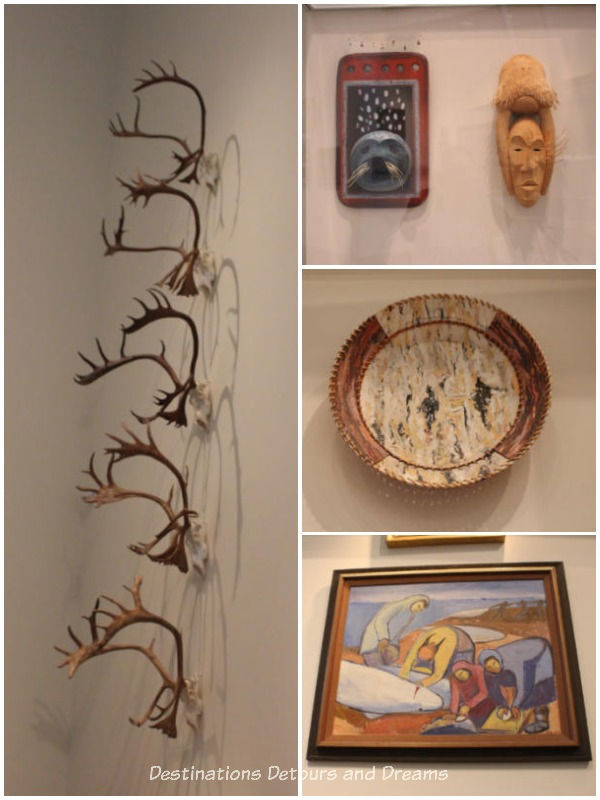
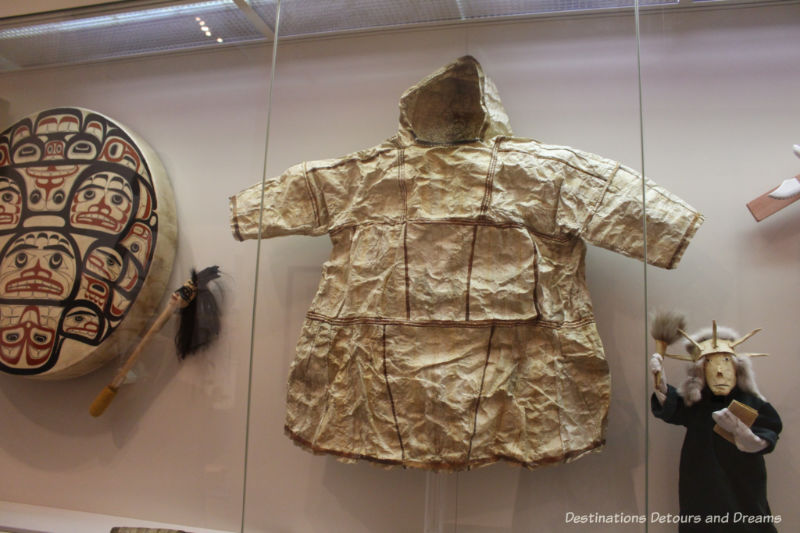
The Museum Building
The building housing the museum artifacts is an artifact itself. As described on the museum’s website, architect Joan Soranno and the GDM/HGA architectural team designed the building to “convey a sense of Alaska, with innovative lines and spaces evoking images of alpine ridges, glaciers, breakup on the Yukon River and the aurora.” Its angles, curves, and cantilevered forms reflect the lines and shapes of Alaska’s coastlines, mountains and glaciers.
Information inside the museum says, “We are the keepers and interpreters of Alaska’s natural, cultural and art history and we wanted to create architectural art. The building expresses the dynamism and diversity of this state.”
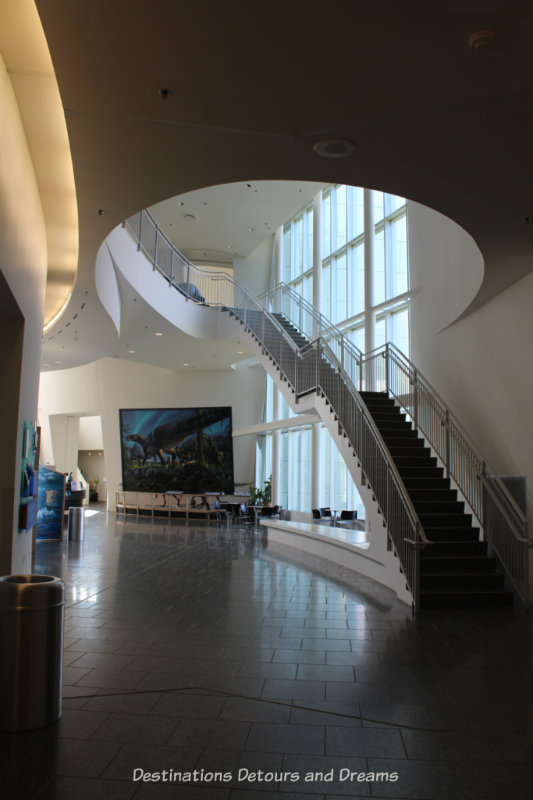
The Museum of the North is open daily through the summer and Monday through Saturday during the winter. Check the website for hours. I highly recommend putting the museum on your itinerary when visiting Alaska. It provides great context to your Alaskan travels.
Never miss a story. Sign up for Destinations Detours and Dreams free monthly e-newsletter and receive behind-the-scenes information and sneak peaks ahead.
PIN IT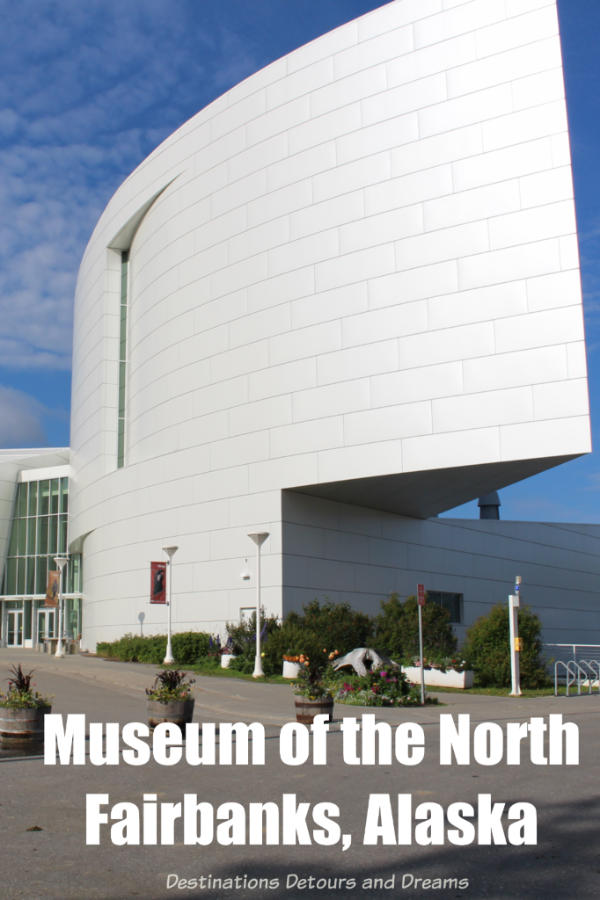

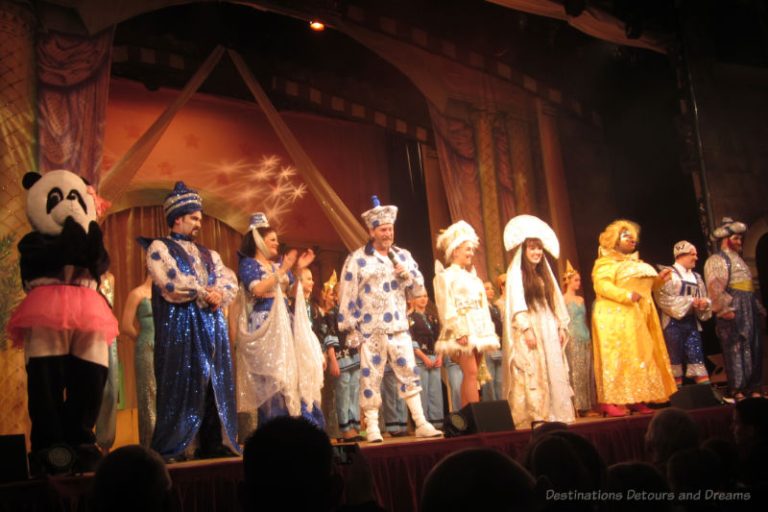
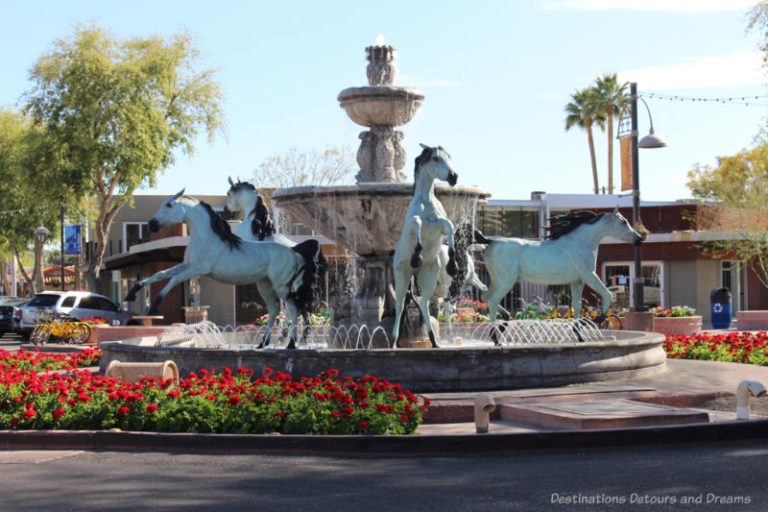
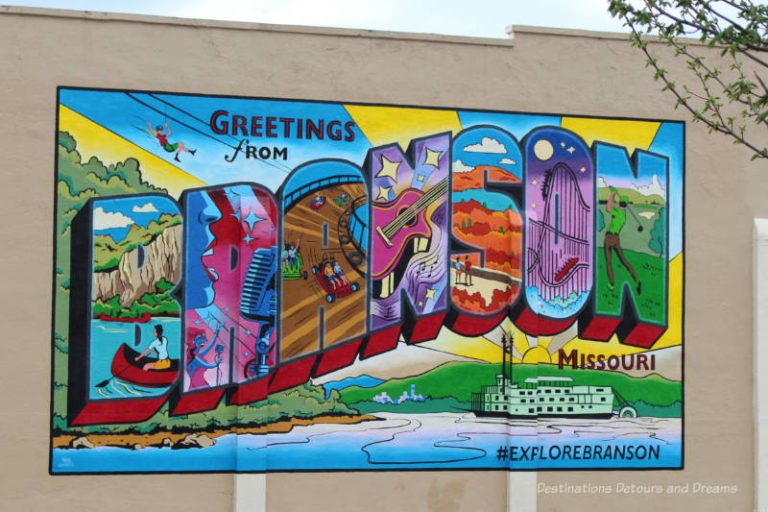
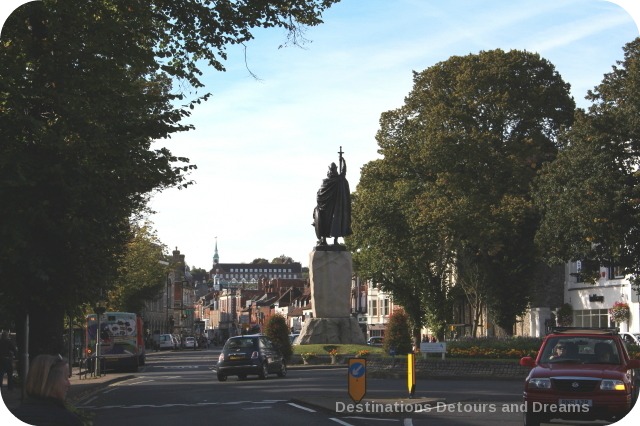
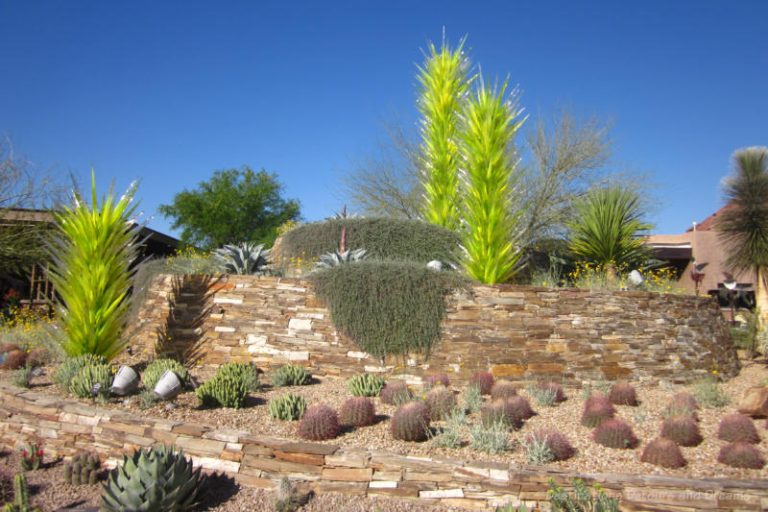
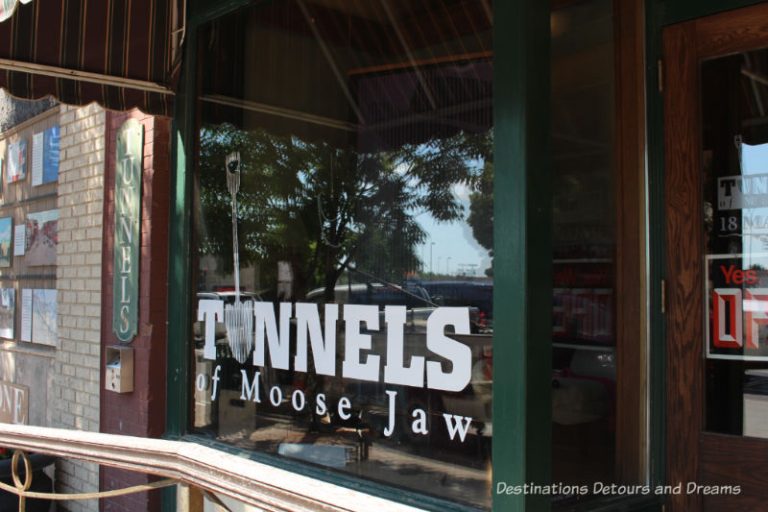
Can’t help but notice the contrast between the ancient artifacts and the ultra modern building.
Ken, it is an interesting contrast, but the modern space works very well for showcasing the artifacts.